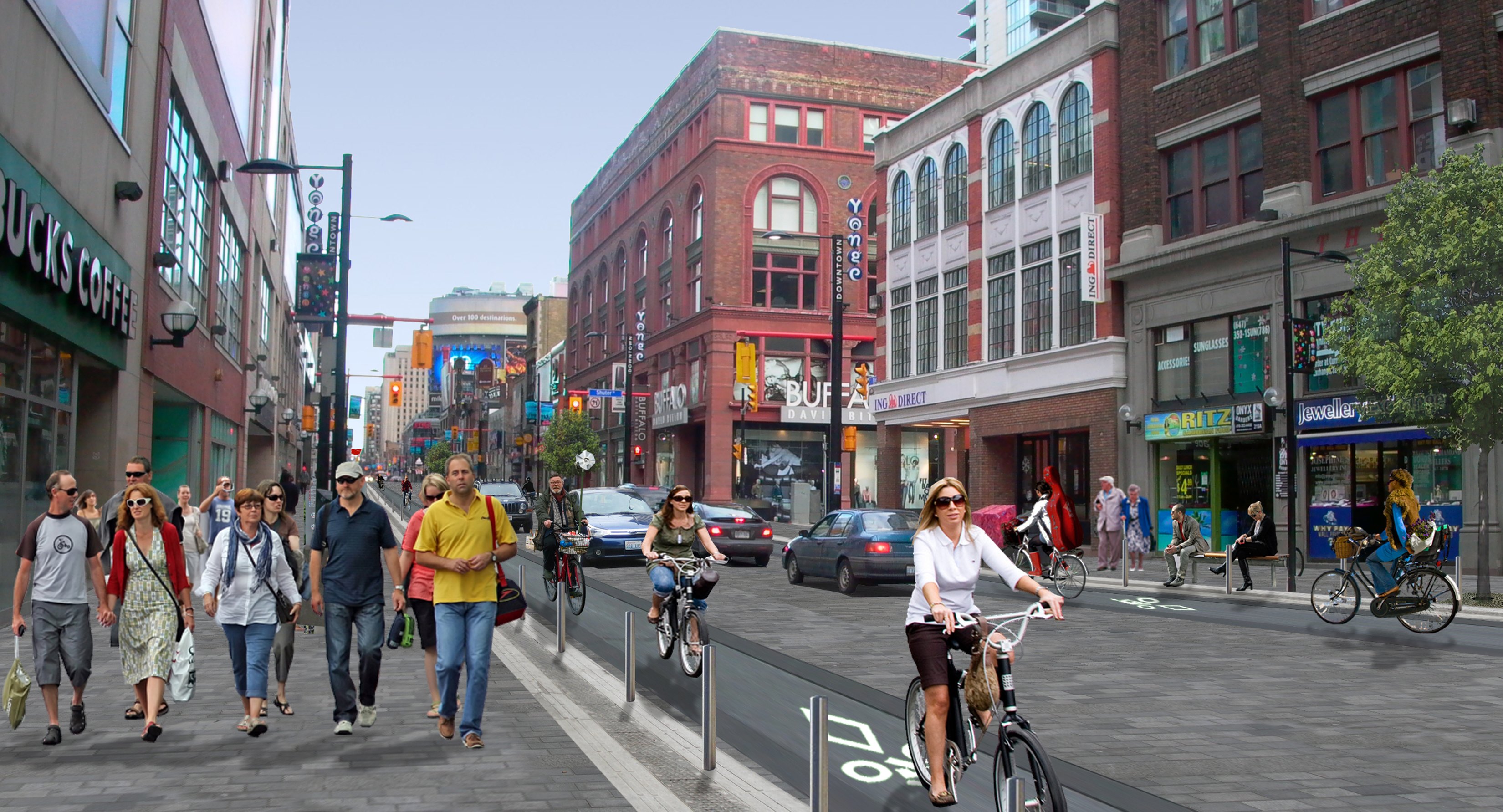The Evolution of Smarter City Planning
As government agencies are focusing more on their environmental impact, they are turning to Smart Growth principles to help them plan for the future. Smart Growth, an urban planning approach that emerged in the late 1990s, focuses on preventing suburban sprawl by carefully planning new developments. It promotes dense mixed-use developments and reliable public transit while conserving open spaces and farmland. The goal is to create communities that are sustainable, convenient, and pleasant to live in. IMS tracks projects related to multiple facets of Smart Growth including mixed-use developments, public transit planning, design of Complete Streets, and urban planning and developments.
One major appeal of Smart Growth planning strategies is that they help lessen the carbon footprint of a city. Currently, twenty states have set goals to reduce greenhouse gas emissions. According to the EPA’s 1990-2014 Emissions Inventory, roughly 16 percent of U.S. greenhouse gas emissions comes from cars and light-duty trucks. Reducing the number of cars and the distance they drive is important to meeting gas reduction goals.
Complete Streets are built for pedestrians, bikers, and public transportation (including personal vehicles). “To date, over 1140 agencies at the local, regional, and state levels have adopted Complete Streets policies” according to Smart Growth. In San Diego, a half-cent countywide sales tax is funding the Smart Growth Incentive program. The program provides grants for transportation-related infrastructure improvements and planning efforts that support Smart Growth development.

Planned Complete Streets in Albany, NY. (Source: Albany2030)
Planning services for Complete Streets can be seen all over the country. Recently, the State of Florida, Department of Transportation, released an RFP for Systems/Corridor Planning for Complete Streets in February 2018 (IMS 414763). The Cities of Watsonville and Bell Gardens in California also released RFPs for Complete Streets Plans in January 2018 and December 2017 (IMS 410427 and IMS 409015).
Some of the principles of Smart Growth practices include mixed land uses and compact developments, with the goal of reducing dependence on cars while promoting job creation and leaving room for open spaces. Many states have laws in place that promote these types of developments over sprawl. Per a UC Hastings state-by-state Smart Growth report, “Maryland, for example, generally only provides state funds for developments in existing communities with adequate infrastructure.”
Cities are focusing on revitalizing existing areas rather than building on open land. In January 2018 Evesham, New Jersey released an RFP for a consultant to provide planning services for a Downtown Vision and Redevelopment Plan (IMS 412483). In February, Victor, New York released an RFP for Build Reuse Studies for their Downtown Revitalization Plan (IMS 416111). And the City of Myrtle Beach in South Carolina is currently soliciting proposals for a Master Plan for Downtown Revitalization (IMS 424063-1).
Some states are currently considering changes to zoning laws in order to promote denser and more diverse development in near city centers. The state of Massachusetts is currently working on a comprehensive zoning reform bill. Renée Loth of the Boston Globe writes “Restrictive zoning practices in many of the state’s leafier suburbs have hardened into patterns that exclude family housing, mixed-income developments […] The zoning reform bill sets new statewide standards allowing for multifamily housing, accessory dwelling units, cluster zoning to preserve open space, and other ‘smart growth’ initiatives.”

“Redevelopment in Hamilton [Ohio] has created a community in the downtown by bringing in residents, jobs, and amenities, creating a walkable environment and a lively street.” (Source: EPA, Jacob Stone)
One challenge that must be taken into consideration with Smart Growth (and any other) planning is the need to provide an adequate amount of affordable housing. Denser housing should reduce unit prices and using public transit rather than cars reduces overall living costs. However, a commitment to denser cities can make centrally located homes more valuable. In the short term, new developments tend to cost more to buy or rent than older developments that are already in place. Organizations in Los Angeles argued that SB 827 “would actually worsen the affordable-housing crisis by creating incentives for developers to demolish low-rent housing.”
In order to meet residents’ needs and federal/state mandates for affordable housing, many agencies are working with developers to build affordable housing projects on public land. Earlier this month, Raleigh, North Carolina released an RFP for the development of an affordable housing project on 5.72 acres of City-owned land (IMS 422145). The Redevelopment Agency of Salt Lake City is also currently soliciting proposals for a Public-Private Partnership to create a mixed-use affordable housing project (IMS 421684).
IMS also tracks notices of availability (NOFAs) for project-based vouchers (PBVs) for housing projects, which are funded by HUD. PBVs allow property owners to contract with a local agency to rent units at a reduced price and use the vouchers to pay the difference. These vouchers can be used on newly constructed or rehabilitated units as well as existing developments, so they can help mitigate the cost of building new affordable housing projects. Boston, MA, Mingo County, WV, and Prince George’s County, MD all recently issued NOFAs for project-based vouchers (IMS 424182, IMS 423518, and IMS 423428).
Despite the challenges that come with Smart Growth Strategies, agencies nationwide recognize the need for better and more conscientious urban planning. It is expected that there will be a rise in calls for transportation planning, urban planning, and mixed-use developments as cities strive for a more sustainable future.

